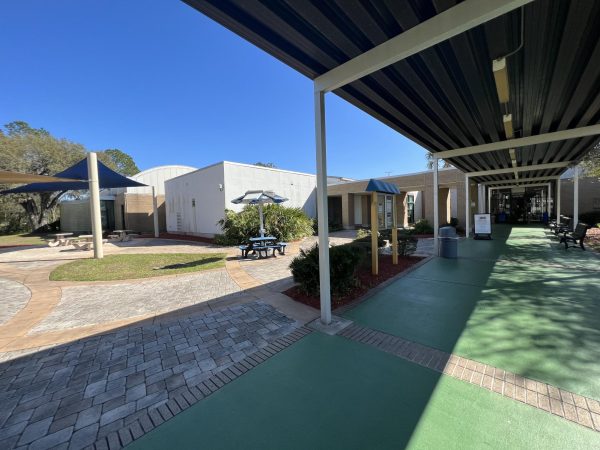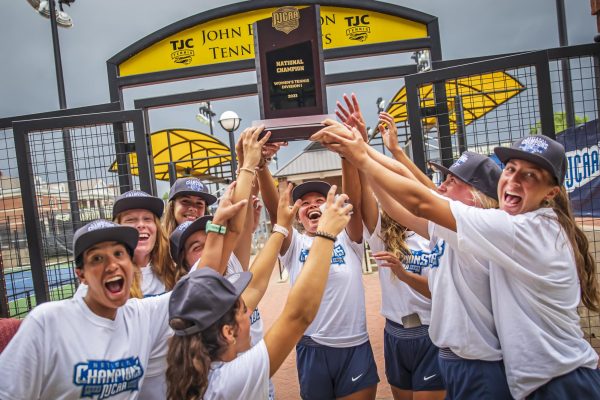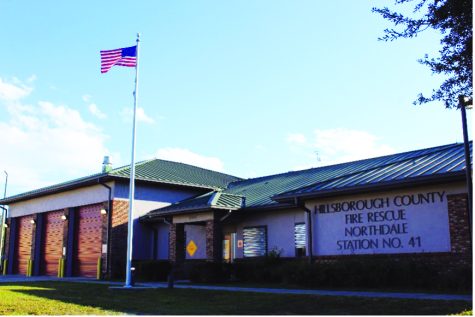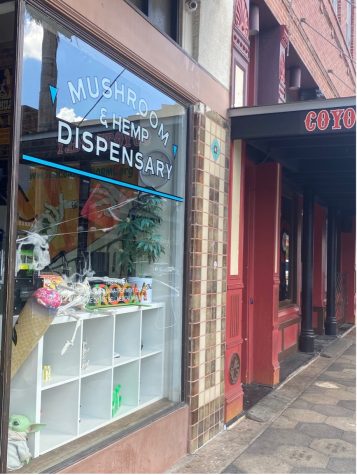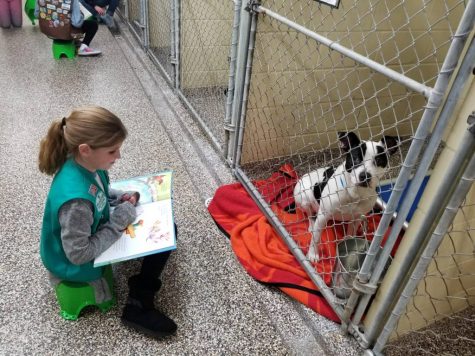Human trafficking: the dark side of the Sunshine State
Many people don’t know what is happening in the world around them.
While the latest reality television shows, or pop music sensations dominate the daily headlines in newspapers, gossip magazines and websites, one serious criminal act is seemingly swept under the rug — human trafficking.
With current estimations showing that 27 million people are currently enslaved into human trafficking — more than any other time in recorded history — the appalling practice is growing in size every day.
The projected $32-billion-a-year enterprise — second only to drug trafficking — even exceeds the profit of major corporations like Ford Motors, Apple and Exxon/Mobil oil.
But it’s going unnoticed.
***
Beyond the blockbuster portrayals by Hollywood, the practice of human trafficking isn’t just a problem in foreign and underdeveloped countries. It is happening in our own backyard.
According to the Polaris Project, which promotes a world without slavery, the state of Florida is one of the highest ranked states in the U.S. for its ties to human trafficking and slave labor.
One of its most popular cities, Tampa, known for its lore of professional sports franchises, clubs, family venues, and sand-filled beaches, also has much murkier things to offer like the illegal practice of sex trafficking.
Hillsborough County alone has more strip clubs per capita than any other city in the U.S. That can be a hotbed for potential captors, according Ellie Almand, who spends her time speaking out against human trafficking to people in the bay area.
“Not a good category to be a part of,” Almand said.
Almand says that most clubs operate with a license that complies with law abiding citizens. But others do not, forcing employees into treacherous prostitution rings.
According to Almand, sex trafficking is not just limited to the assumed demographic areas such as strip clubs, escort services, massage parlors, and regular street prostitution, though. Victims have also been found in kitchens, hotels, trailers, and private resident’s homes.
And victims are not permitted by their captors to leave under any circumstances.
***
One case Almand shares, is about a girl who was rescued from one of these trafficking homes.
The only time the girl was allowed to go outside, was when her captors would use a garden hose to bathe her in the yard. The girl was then permitted to eat meals outside with a chain around her body.
“It’s like an animal,” Almand said. “And, sometimes, animals are even treated better.”
A majority of sex trafficking victims are teenagers between the ages of 12 and 18. They are often recruited via Internet chat rooms and social media websites like MySpace, Facebook and Twitter.
Runaways are typically the most sought after, or the easiest targets, by potential captors, because they are vulnerable and the captors take advantage of that.
Online, the captors befriend their young victims to gain their trust. Then, before the victims know it, they are forced into a situation where they are drugged, handcuffed, and gang raped.
… And they can’t get out.
Almand says the captors work to permanently break down their victims’ mental psychology.
According to Almand, many victims start to develop what’s known as Stockholm syndrome, a mental disorder where the victims themselves create empathy for the abuser, because they don’t want to let him/her down.
This begins with the captors constantly insulting the victims with words like junk and worthless. And they tell the victims that the only reason they are captive is because the captors allow them to be there.
The victims soon start to believe what they are hearing is truth, because it is all they are told.
Despite the egregious similarities, human trafficking differs from simple rape. In many cases, captive victims are forced to perform crude sexual acts 12-to-15 times a night.
Once victims are forced into human trafficking, they often die within seven years.
Almand says victims are drugged repeatedly and aren’t able to receive proper medical care for serious illnesses like sexually transmitted diseases, which leads to their fatalities.
***
There is still hope, though.
In 2006, local and state law enforcement agencies in Florida worked hand-in-hand to create the Clearwater-Tampa Bay Task Force on Human Trafficking. This made bringing the captors to justice a priority of government legislation.
Citizens can also help. Almand says through widespread community involvement, awareness and education, this practice will reach a much-needed conclusion in the U.S. and around the world.
It just takes one voice, she says: “Be the change you wish to see in the world.”

